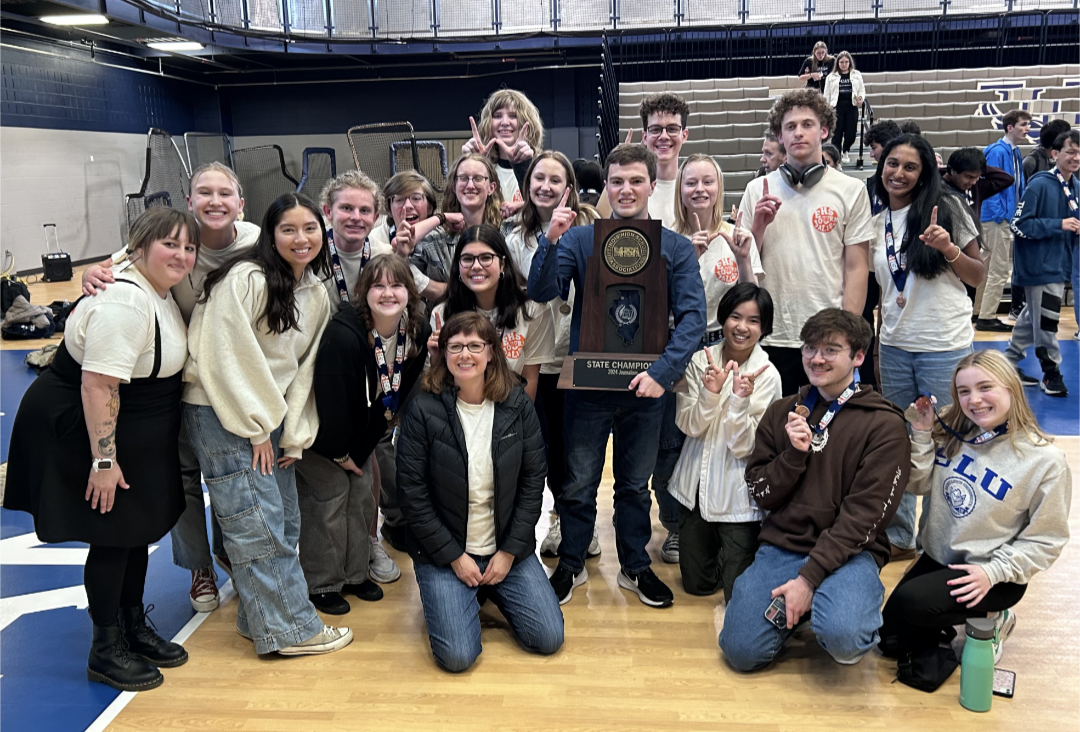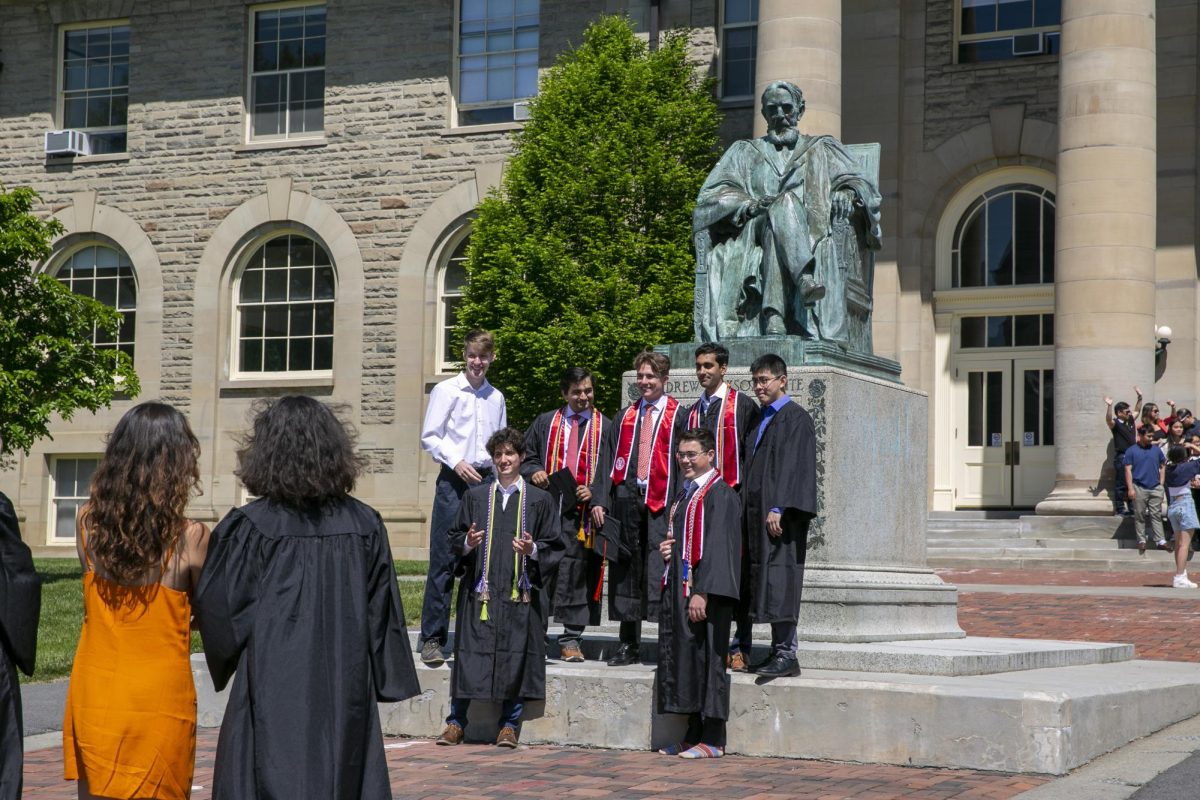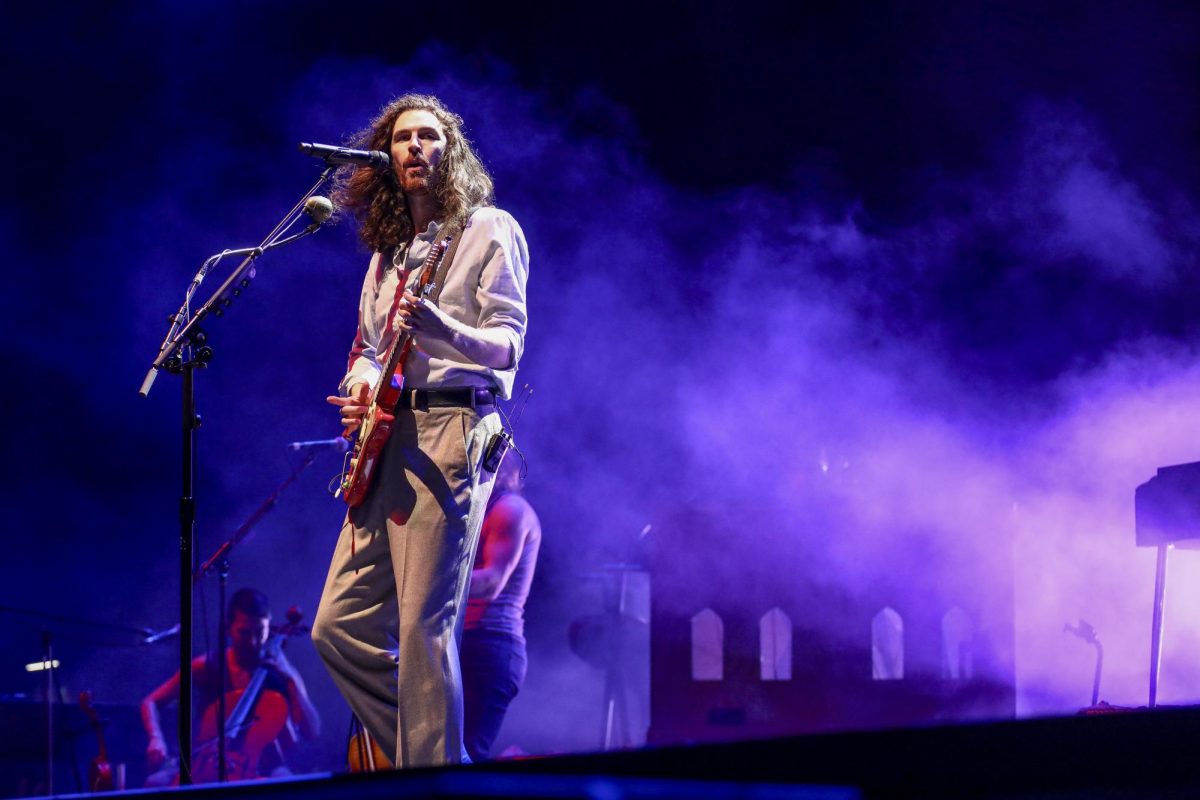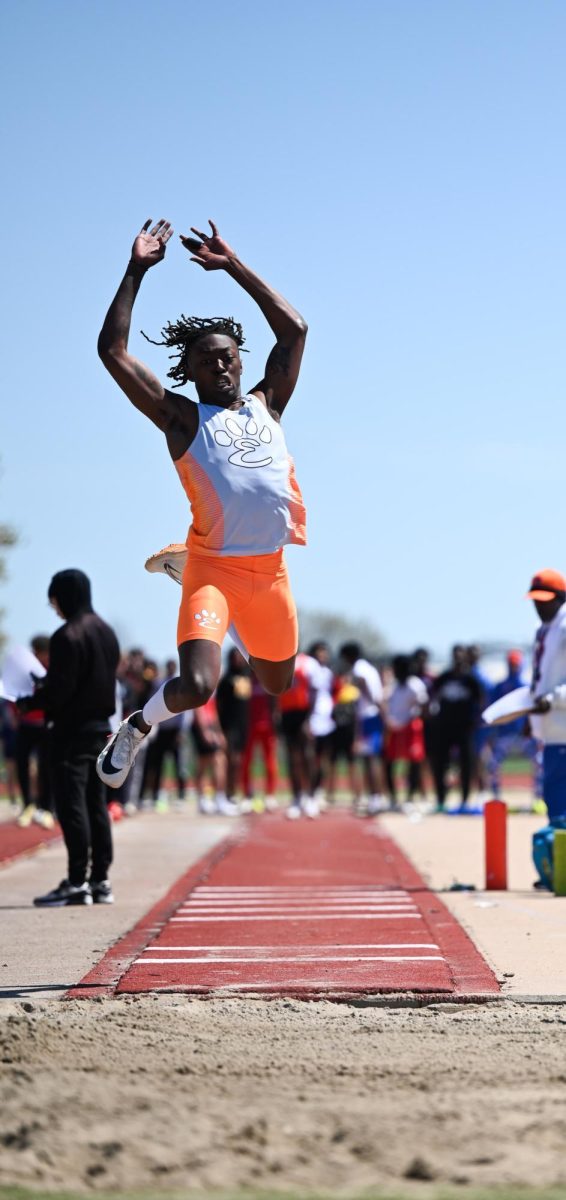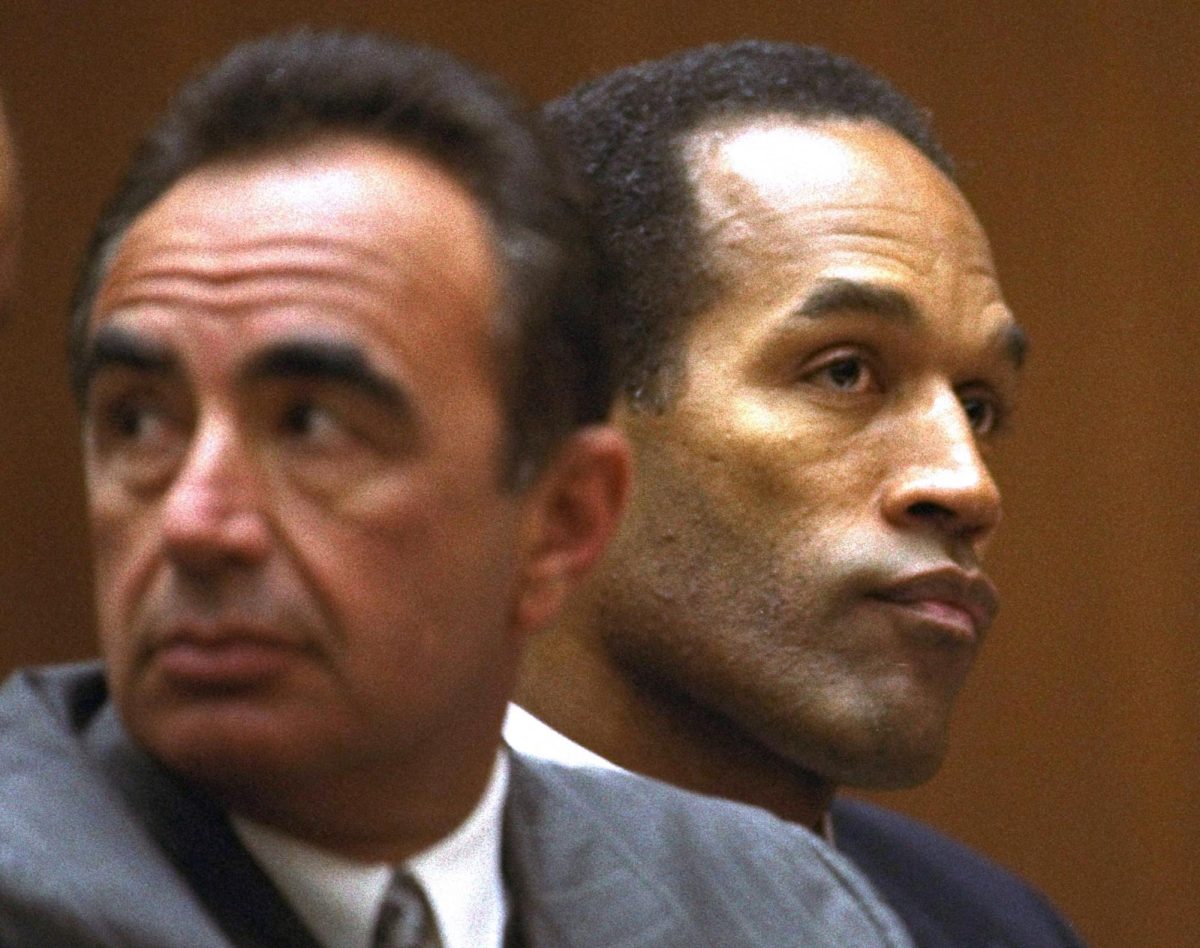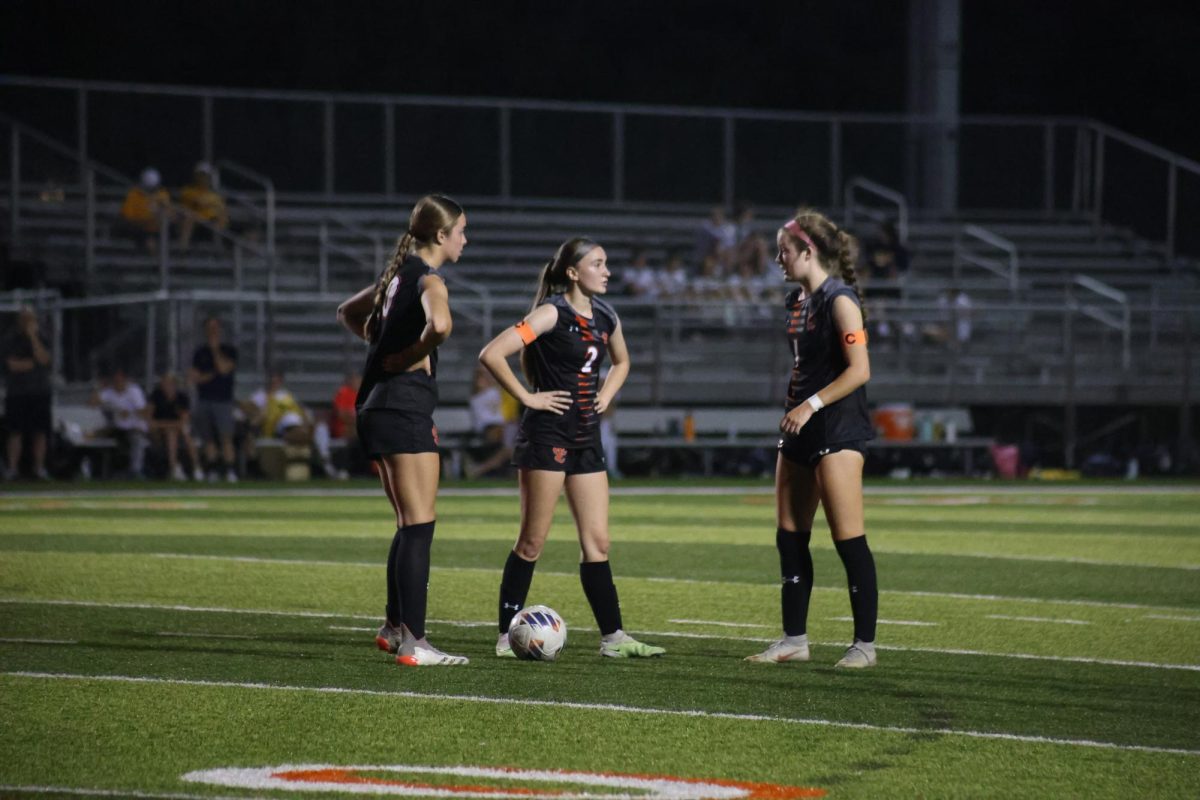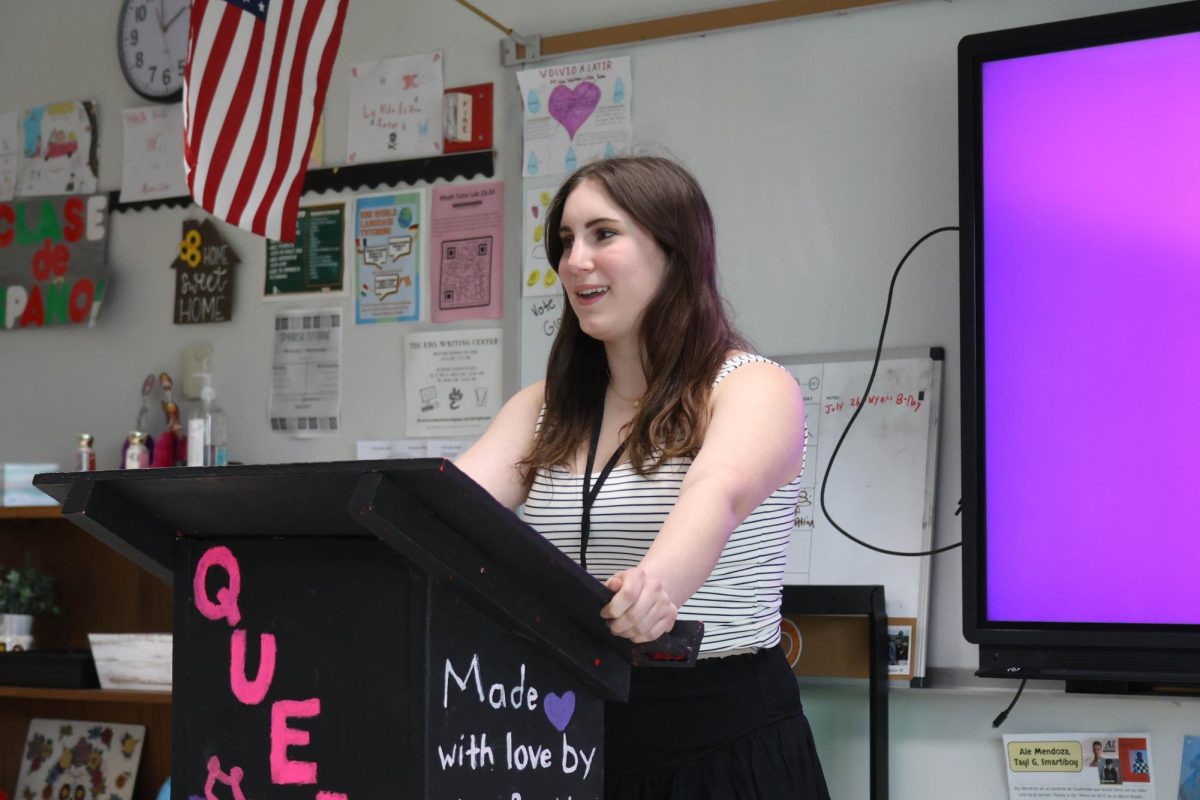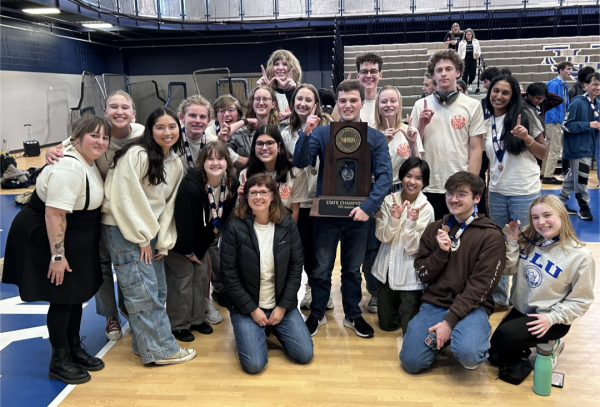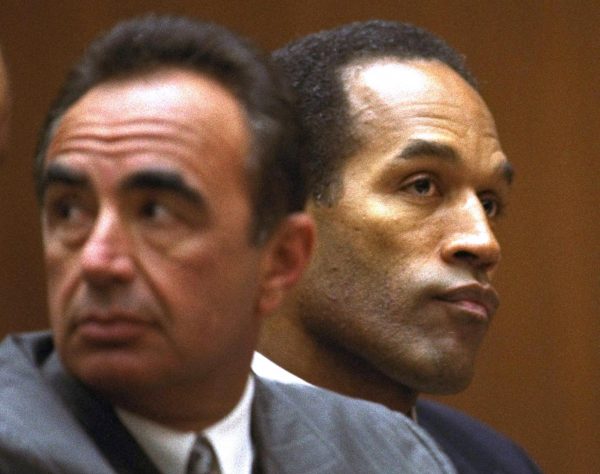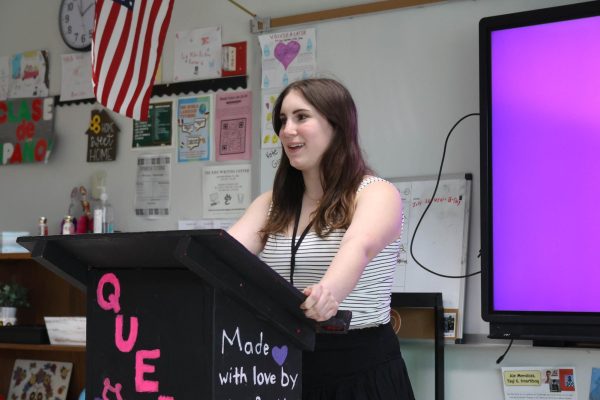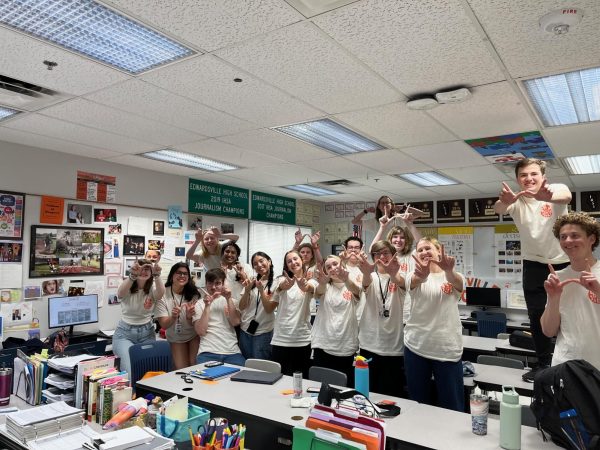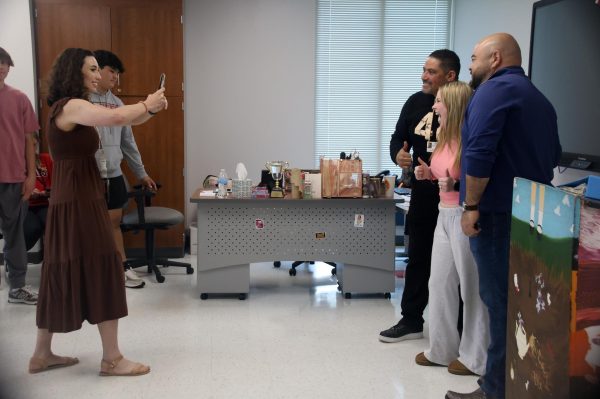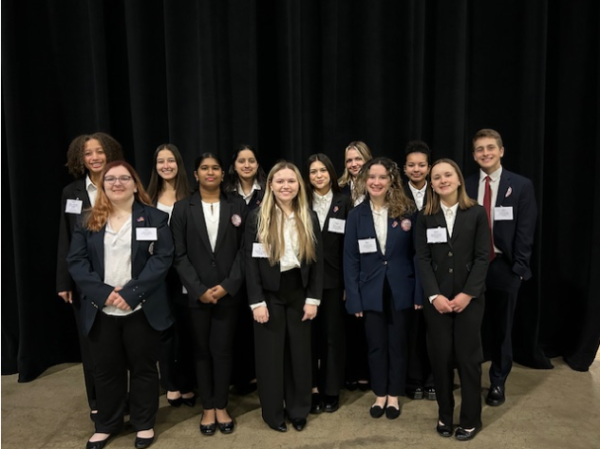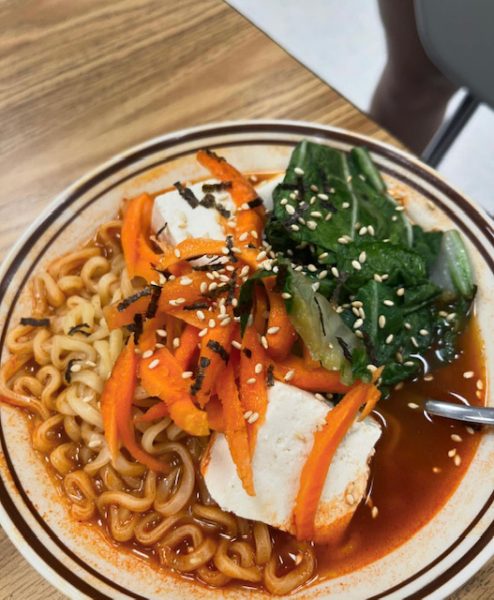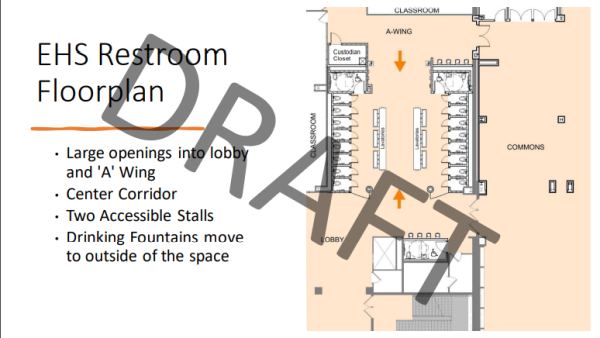Protests Follow Trump’s Inauguration
January 26, 2017
It began as an event page on Facebook, became an official march in Washington, D.C. and ballooned into the largest protest in U.S. history.
On Jan. 21, Donald Trump’s first day of presidency, 500,000 women and men flooded the streets of Washington to participate in the Women’s March on Washington.
The march’s agenda wasn’t limited to women’s issues, and included ending violence, LGBTQIA rights, worker’s rights, civil rights, disability rights, immigrant rights and environmental justice.
The Women’s March on Washington website reads, “We stand together in solidarity with our partners and children for the protection of our rights, our safety, our health and our families—recognizing that our vibrant and diverse communities are the strength of our country.”
Crowd scientists estimated the march had about three times more attendees than President Trump’s inauguration, according to the New York Times.
The original march on Washington inspired hundreds of sister marches across the U.S.
More than 1 million people attended the 500 U.S. marches, according to data collected by Erica Chenoweth at the University of Denver and Jeremy Pressman at the University of Connecticut.
Marches also took place in London; Sydney, Australia; Vienna, Austria and New Zealand. Thirty people also gathered in Antarctica in support of the movement.
Though the organizers of the march specifically said it wasn’t directed at a person, some critics say the march was protesting President Trump himself.
Senior Emily Hayes’s mom didn’t allow her to attend the sister march in St. Louis for that reason.
“I wanted to go because I knew they were actually marching to protest injustices women all over the world still face,” Hayes said, “and I wanted to attend to show my support and let my voice be heard, too.”


